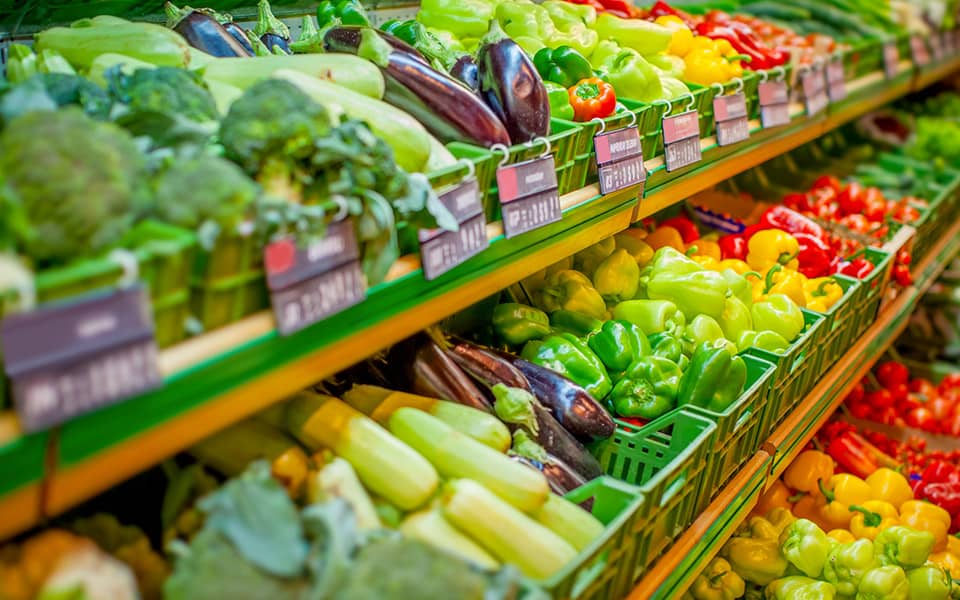*On June 1, 2023 Emerson’s Climate Technologies business became a new standalone company – Copeland. Though our name has changed, we are building on more than a century of HVACR innovation and industry leadership, and Copeland continues to offer the same products, industry stewardship, and learning opportunities you’ve grown to trust. Information found on this webpage posted before June 1, 2023 may contain our old name or branding, but you can be at ease knowing it was created with the knowledge and expertise of Copeland.
The utilization of data analytics and data science techniques is rapidly expanding throughout the commercial refrigeration sector. From the implementation of food safety programs to the identification of potential equipment performance issues, operational data can be transformed in a variety of ways to drive operational improvements and business outcomes. In our most recent E360 Webinar, I explored some real-world examples of how our analytics team is helping leverage data to drive improvements in their quality control (QC) initiatives.

When considering the role of data analytics in commercial refrigeration, it is important to understand that data should be viewed as an entry point for discovering larger issues and digging deeper to find root causes. Historically, the management of food safety QC programs has relied on paper-based recording and tracking methods, but these can be cumbersome to maintain, inaccurate and difficult to transform into usable insights. In addition, refrigeration data can be very complex and difficult to interpret and our industry is just beginning to unlock the potential uses of data in these applications.
Thankfully, modern data science techniques and machine learning algorithms are helping to deliver insights that uncover issues previously hidden from foodservice and food retail operators. Here are a few examples that I discussed in the webinar.
Descriptive analytics of QC programs in foodservice
Traditional hazard analysis and critical control points (HACCP) programs are paper-based checklists that do not easily yield valuable insights. In addition, the process of manually checking the temperatures of coolers, freezers and food (pulp temperatures) — and physically recording all of this data — is labor intensive, inefficient and often inaccurate.
By leveraging cloud-connected sensors, we are able to digitally record HACCP temperature data and present that information in the form of easy-to-digest descriptive analytics. Through intuitive visual dashboards, foodservice operators can see their HACCP compliance checklist rates — per store or operation on a daily, weekly, monthly or annual basis. By doing so, they can then easily identify patterns that indicate areas of improvement.
Diagnostic analytics of refrigerated shipping container performance in marine transport
Applying data science to the process of measuring condensing unit performance in a refrigerated shipping container has allowed us to leverage more diagnostic analytic capabilities for our customers. These containers are at sea for extended periods of time, typically carrying high-value perishable shipments, so it is critical for operators to continually monitor refrigeration performance, identify issues early and make the necessary equipment or process corrections.
Performance data patterns in refrigeration units can be unpredictable, chaotic and difficult to interpret. By capturing this data over extended periods of time and processing it through advance analytics techniques, we are able to identify patterns in condensing unit system health and make recommendations. For example, our analytics teams can diagnose when system health begins to decline so the operator can take proactive steps to fix potential issues before they become larger ones. When used across a fleet of shipping containers, we are also able to reframe this data into dashboard views to indicate which containers have issues that need immediate attention at any given time.
Prescriptive analytics in food retail
As we move these concepts into the retail space, we are applying similar techniques used in our foodservice and marine examples in an environment that can be significantly more complex — with diverse refrigeration systems, compressor racks and display cases to monitor. We are finding ways to make operational data simple for food retail operators to consume and to give them tools to identify precisely when and where they are having temperature excursions or performance issues.
Through a combination of performance dashboards and live alarms, we are able to help our customers assess the health of key assets and identify temperature deviations. This allows them to see which cases were having product deviations and begin the process of figuring out root causes (such as set point changes, defrost effectiveness or myriad other factors). From an enterprise view, these insights give large retailers the ability to monitor and analyze performance across multiple sites and examine why different stores have variations in performance characteristics.
Effective data analytics also provide more insight into which alarms are most indicative of critical performance issues. As a result, we can deliver a reduction in total alarms — on display cases and product temperature probes — which simplifies food retail operations and improves the overall likelihood of maintaining the desired temperatures.
To learn more about how data analytics can uncover insights in your operation, please view this webinar.
Protection for high-value shipments just got even better
We’re excited to announce the release of Copeland’s newest real-time tracker, the GO Real-Time...

Three proven strategies to prevent cargo theft
The over-the-road (OTR) transport industry is experiencing a surge in cargo thefts. As thieves...

Four Keys to Successful Cold Chain Shipping
Temperature management best practices for maximizing perishable food quality and safety When...
